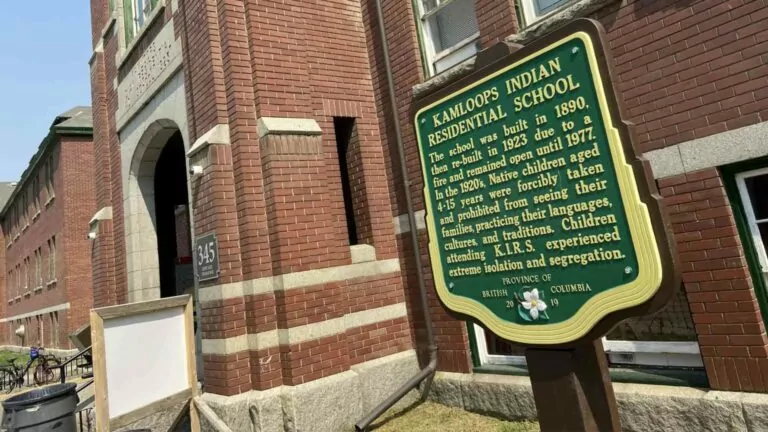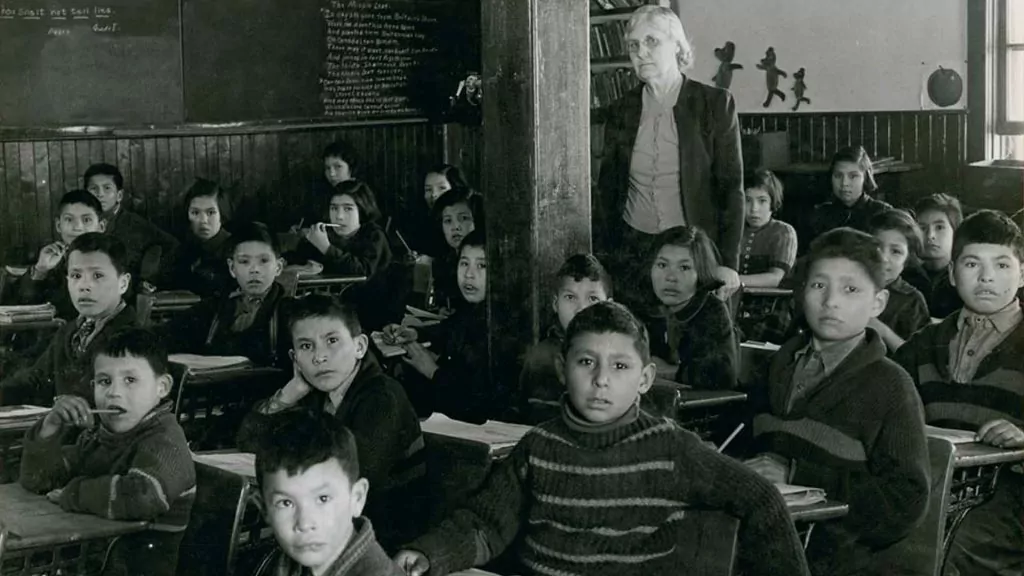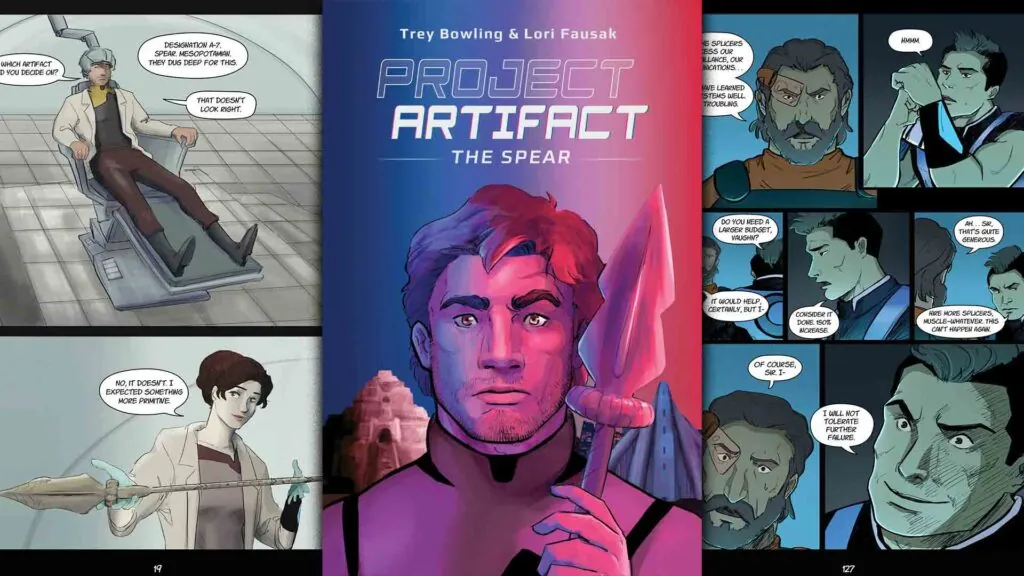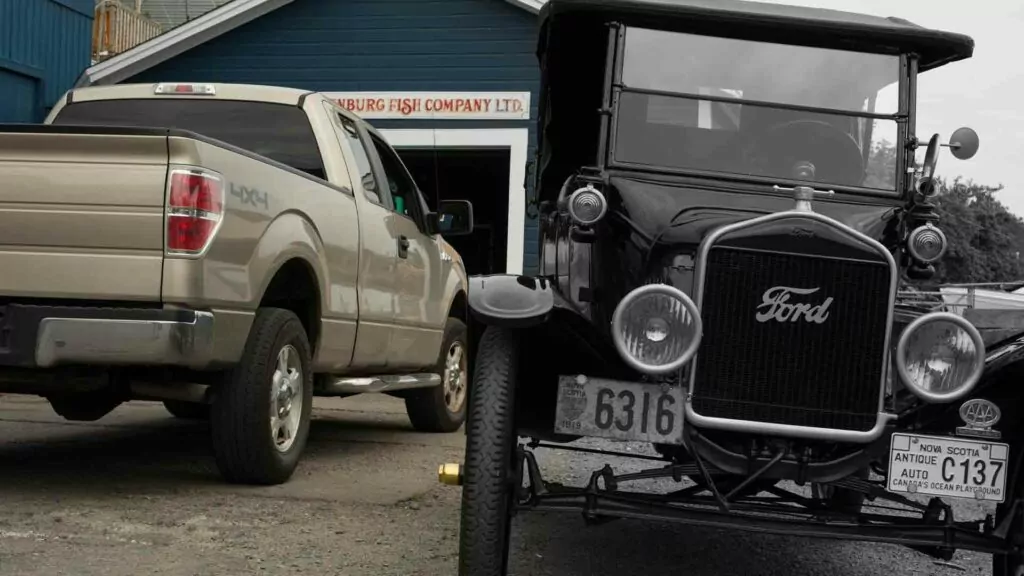This article was first published in the March/April 2023 issue.
*****
“Searches for unmarked graves at the site of a former northern Ontario residential school have uncovered 171 ‘plausible burials’…”
That’s what The Globe and Mail reported earlier this year, but it was back in 2021 that the discovery of alleged burial sites next to residential schools first made headlines. Nearly two years ago news agencies, in Canada and around the world, reported that a mass grave of 215 indigenous children had been detected, with the help of ground-penetrating radar, next to a former residential school near Kamloops, BC. Since then, hundreds more “plausible burials” have been alleged at other school sites across the country.
But are these plausible burials actual graves?
That’s a question worth asking because Truth is critical for pursuing justice and reconciliation. As the Heidelberg Catechism says about the ninth commandment, “I must not give false testimony against anyone…nor condemn or join in condemning anyone rashly and unheard.” Determining the facts about these alleged graves is necessary before making decisions about how to respond, including whether to take part in the resulting initiatives like the “every child matters” t-shirts, flags, and displays.
Now that “Truth and Reconciliation Day” is a stat holiday in Canada, and the curriculum in some provincial education systems requires extensive coverage of Indigenous culture and residential schools, Christians can’t stand on the sideline but should be eager to “love the truth, speak and confess it honestly, and do what I can to defend and promote my neighbour’s honour and reputation” (Q&A 112 HC).
Fall-out from the discovery
In response to the 2021 media reports, Prime Minister Justin Trudeau mandated that all flags of federal buildings fly half-mast (it took over five months before many public buildings and schools brought the flags back to the top of the pole, so that they could be lowered for Remembrance Day). Governments also committed $320 million to fund more research, and another $40 billion towards settlements with students of residential schools. The Pope issued a formal apology on behalf of the Roman Catholic Church (which oversaw the majority of residential schools) and followed that up with a visit to Canada in 2022.
Another response was far more vindictive. Over 70 churches have been vandalized or burned to the ground in Canada since the “discovery” of these “mass graves.”
The Office of the United Nations High Commissioner for Human Rights called the situation “a large scale human rights violation” and Amnesty International demanded that those responsible for the “remains” that were “found” be prosecuted. Ironically, even China piled on to the calls for an investigation.
Beyond the political response, the public rallied to show their concern with “every child matters” displays, often featuring 215 orange flags to remember the lives lost. The local Roman Catholic school that I walk past regularly has replaced its Canadian flag with an orange “every child matters” flag, and many of the storefronts in my community still featured the “every child matters” message, even over a year after it first became a news story.
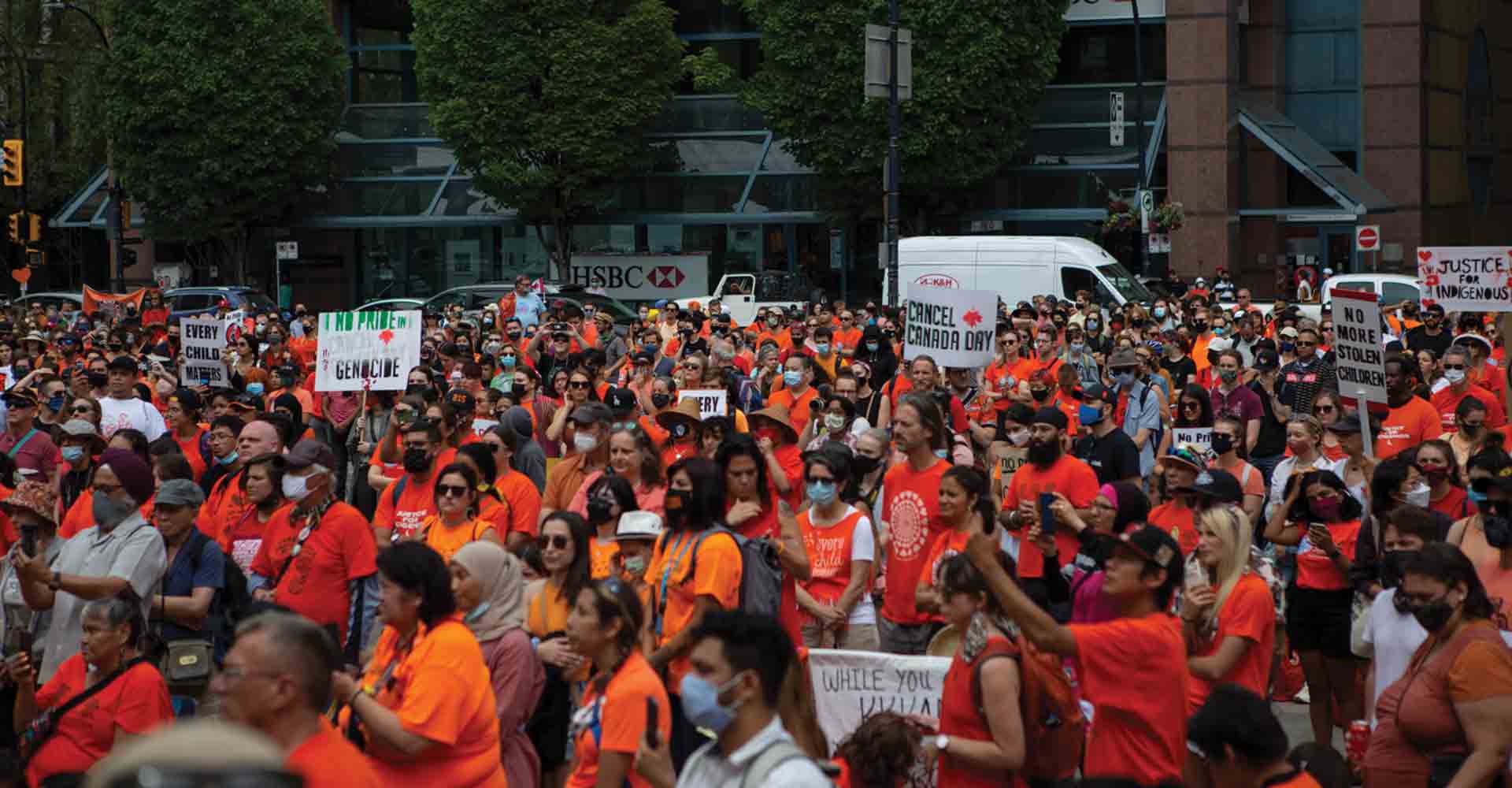
An “Every Child Matters” rally at the Vancouver Art Gallery on July 1, 2021. (Picture by GoToVan and licensed under a CC BY 2.0 license.)
Digging for answers
Solomon tells us that “The one who states his case first seems right, until the other comes and examines him” (Prov. 18:17). Unfortunately, the Canadian mainstream media, academia, and politicians, refuse to ask basic questions to confirm the truth of these serious allegations. Why this lack of journalistic inquisitiveness? It’s because few issues are as politically charged and culturally sensitive in Canada today as Indigenous affairs. When Senator Lynn Beyak attempted to defend some positive things accomplished at residential schools, the attacks were so swift and strong that she chose to retire rather than face imminent ejection from the Senate.
But some smaller publications have dared tread where Canada’s mainstream press hasn’t. In an essay in The Dorchester Review titled, “In Kamloops, not one body has been found,” Jacques Rouillard, professor emeritus in the Department of History at the Université de Montréal, asked:
“After months of recrimination and denunciation, where are the remains of the children buried at the Kamloops Indian Residential School?”
In a detailed article on the topic by the New York Post, the local First Nations band confirmed that indeed, no bodies have yet been exhumed, and there are not plans to start digging or to share the report from the radar.
The Post also revealed that these discoveries were made very quickly, and with little accountability. The band hired a young anthropologist named Sarah Beaulieu on May 17, 2021, who scanned the site from May 21-23, and the band announced its findings already on May 27.
“Beaulieu said that remote sensors picked up ‘anomalies’ and what are called ‘reflections’ that indicate the remains of children may be buried at the site,” reported the Post.
“My findings confirmed what Elders had shared,” Beaulieu said. “It’s an example of science playing an affirming role of what the Knowledge Keepers already recognized.” The “Knowledge Keepers” is a reference to the Indigenous elders, who pass on their history orally.
Indeed, science can affirm oral history. Yet for it to be trustworthy, scientific inquiry includes a peer review process and investigations to substantiate a hypothesis.
And the investigations made public to date aren’t helping with building trust.
An in-depth report called “Graves in the Apple Orchard” has since been published anonymously by someone who knows the site and its history intimately. The report includes detailed maps and drawings of excavation work that was done at the residential school through the last century, and how it correlates with the sites of the “anomalies.” While anonymous sources are understandably suspect, this one cited his sources. The National Post’s Terry Glavin also spoke to the source and confirmed that he had some expertise in this area as “an architectural consultant who specializes in site inspections.” The source wished to remain anonymous because “his company does work with First Nations.” Some of the report’s findings include:
“Since the rumours of a graveyard began, more than 30% of the orchard has been excavated. Archaeologists have been active on site since the 1980s, conducting excavations and monitoring construction work. Deep trenches have been cut straight across the orchard and a sewage lagoon was excavated from the entire southwestern quadrant. No graves have ever been discovered….
“In July of 2021, Dr. Beaulieu admitted that 15 ‘probable burials’ were actually ‘archaeological impact assessments, as well as construction.’ Evidently, well documented site work was not accounted for in her initial survey. Several of the remaining 200 ‘probable burials’ overlap with a utilities trench dug in 1998, as can be seen in drone photography captured after the GPR survey. Still other ‘probable burials’ follow the rout of old roads or correlate suggestively with the pattern of previous plantings, furrows and underground sewage disposal beds….
“Given that the apple orchard is deeply textured by centuries of human activity, how can it be said that Dr. Beaulieu’s targets are more ‘probably’ graves than probably other features of human activity?
“With more than 30% of the orchard already excavated, is it probable that a staggering 200 burials were missed?”
Professor Jacques Rouillard, again, in The Dorchester Review, detailed how quickly the allegations became a new narrative.
“From an allegation of ‘cultural genocide’ endorsed by the Truth and Reconciliation Commission (TRC) we have moved to ‘physical genocide,’ a conclusion that the Commission explicitly rejects in its report. And all of this is based only on soil abnormalities that could easily be caused by root movements, as the anthropologist herself cautioned in the July 15 press conference.”
At least one Indigenous scholar from BC is asking similar questions. The New York Post also spoke with Eldon Yellowhorn, professor and chair of the Indigenous Studies department at Simon Fraser University. A member of the Blackfoot nation, Yellowhorn grew up on a reserve where many of his family attended residential schools, before becoming an archeologist and anthropologist. He was hired by the Truth and Reconciliation Commission to search for and identify grave sites at residential schools since 2009.
“I can understand why some people are skeptical about the Kamloops case,” Yellowhorn told the Post. “This is all very new. There’s a lot of misinformation floating out there. People are speaking from their emotions.”
He added that “The only way to be certain is to peel back the earth and ascertain what lies beneath. We have not gotten to the point where we can do that. It’s a huge job.”
Unfortunately, there seems to be little interest in substantiating just how “plausible” these graves are.
Justice and reconciliation require truth
Nobody disputes that some children died while attending residential schools, and that these schools bear blame for some of these deaths. The accompanying story from the Lejac residential school in 1937 is an example of this. But that story also shows that when four children tragically died after trying to run away back home in the freezing cold, the matter was investigated swiftly and thoroughly, and the school was appropriately chastised. The story was shared across the country. An effort was made to discover the truth and to enact justice.
It is possible that some of the “anomalies” detected by the ground-penetrating radar are indeed burial sites. And it is also possible that some unmarked graves hide injustices that were perpetrated against Indigenous children at these schools. The many proven examples of sexual abuse by Roman Catholic leaders (as well as those from other denominations) have legitimately eroded the trust of the public towards this church’s care for children.
The 2007-2015 Truth and Reconciliation Commission was a nine-year effort by the Government of Canada to travel across the country, listen to 6,500 witnesses, and facilitate reconciliation with former students and their communities. It also led to the creation of the National Center for Truth and Reconciliation, an archive of the data obtained during the commission. It found 49 children who died between 1915 and 1964 at the Kamloops residential school. Records have been found of 35 of these students, 24 of whom were buried at their homes and four in Kamloops. Although the data is not complete, it is a far cry from allegations of hundreds of missing children.
Scripture speaks strongly in defence of the vulnerable, including the widow, orphan, and the immigrant. The young boys and girls at residential schools, separated from their parents, and under intense pressure to abandon their culture, definitely qualify as vulnerable. And Christians of all kinds now publicly recognize that it was wrong, even wicked, for the government to forcibly separate children from their parents.
But the fact that evil was committed at these schools does not mean that the only appropriate response to new allegations can ever be an assumption of further guilt and evil at these institutions. In this broken world, it doesn’t take long to find evidence of abuse and other forms of evil in most institutions. It is then reasonable to compare and assess. (For example, according to the Truth and Reconciliation Commission findings, the death rate in residential schools between 1921 and 1950 is twice as high as the general population, though between 1950 and 1965 it was comparable to the Canadian average for youth age five to fourteen.)
Truth and reconciliation are laudable objectives that align with Scripture. The truth should be welcomed, and the facts acknowledged. When necessary, this should lead to an acknowledgment that claims made were wrong, and efforts made towards restitution and repentance.
When truth is verified, trust is built, and a foundation exists for genuine justice and reconciliation.
To go deeper: Find an extensive analysis by Terry Glavin in his May 26, 2022 National Post article “The year of the graves: How the world’s media got it wrong on residential school graves.”
This is one of several articles we’ve published about Canada’s history with its Indigenous peoples, with the sum of the whole being even greater than the parts. That’s why we’d encourage you to read the rest, available together in the March/April 2003 issue.







